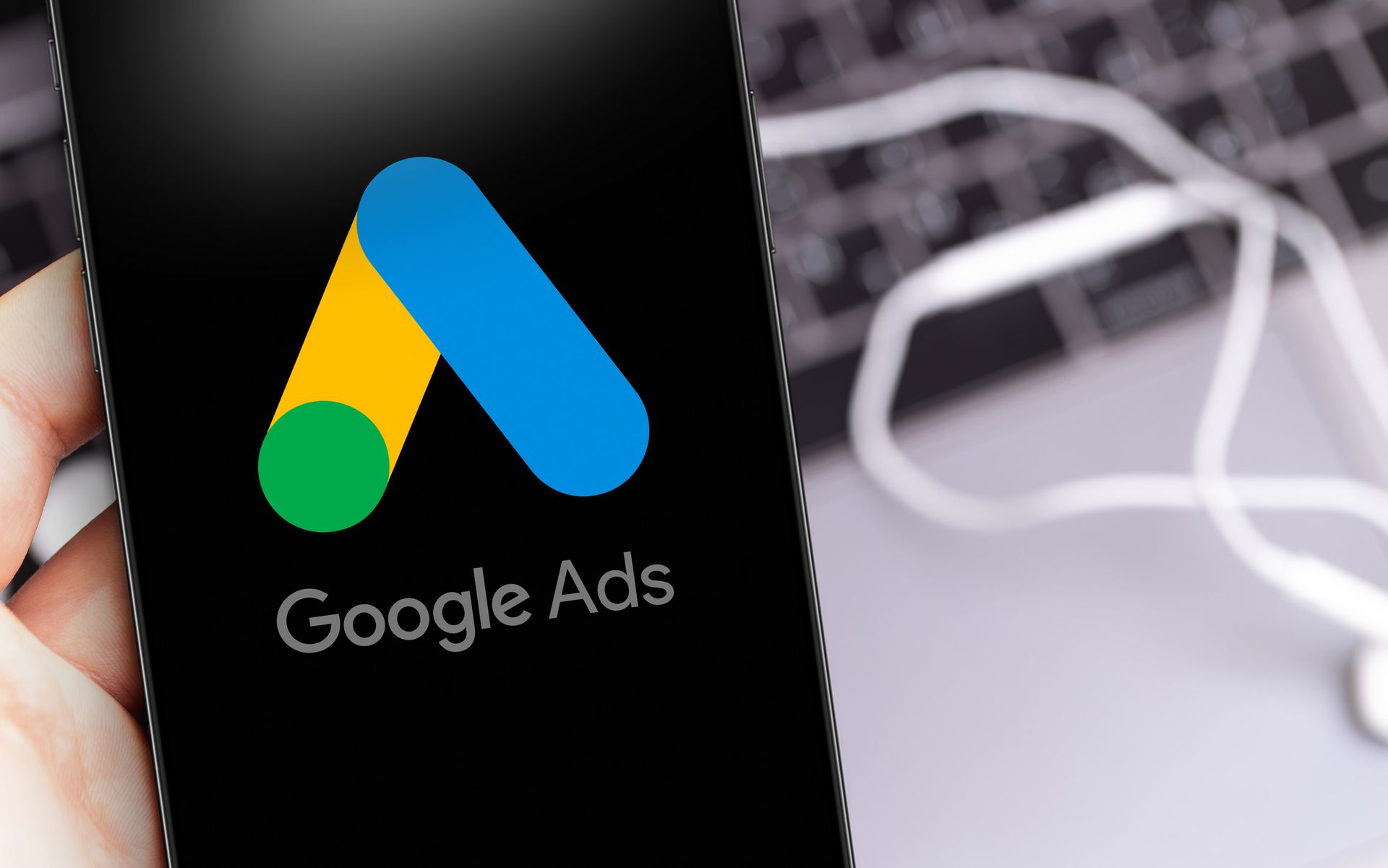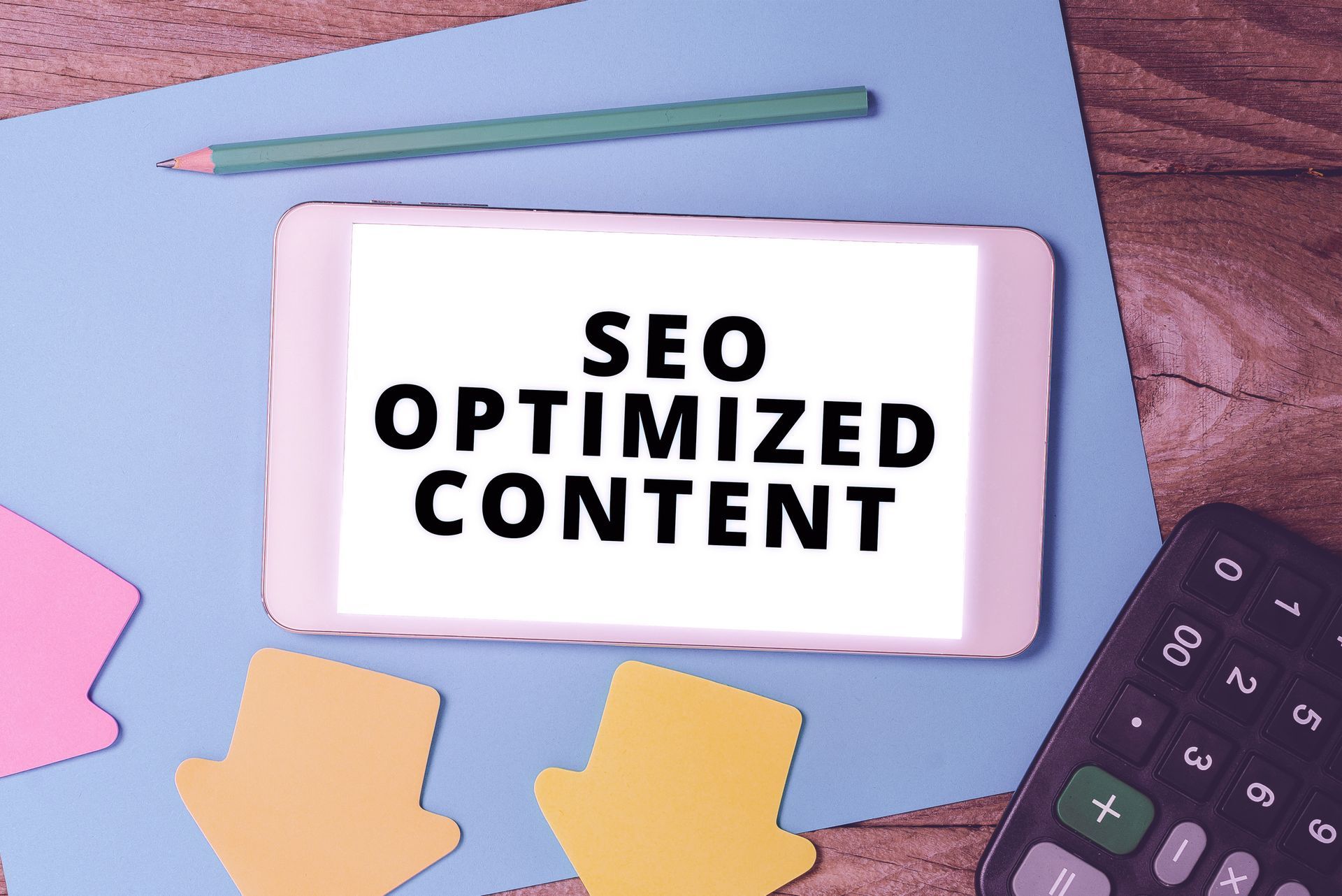How To Grow Your Business with Google Ads
In today's digital era, visibility is key to the growth and success of your business. And when it comes to online visibility, Google Ads reigns supreme. Whether you're running a local brick-and-mortar business or an international e-commerce platform, Google Ads offers a powerful and efficient way to reach new customers, expand your brand's reach, and ultimately, grow your bottom line.
In this blog post, we will walk you through the ins and outs of Google Ads, sharing practical tips on how you can leverage this potent tool to scale your business. Stay tuned!
Understand Your Target Audience
Understanding your target audience is the cornerstone of successful Google Ads campaigns. Here, we list the key steps in this process:
- Define your audience: Start by outlining who your ideal customer is. Consider factors like age, gender, location, interests, and online behavior.
- Identify their needs: Once you have a clear picture of your audience, delve into understanding their needs, preferences, and pain points that your product or service can address.
- Understand their online behavior: Utilize tools such as Google Analytics to gain insight into your audience's online habits. This could include the times they are most active online, the type of content they engage with, and the search terms they use.
By thoroughly understanding your audience, you can craft more effective, targeted Google Ads campaigns.
Learn How To Set Up a Google Ads Account
Setting up a Google Ads account is a straightforward process. Here are the steps:
- Visit the Google Ads website: Navigate to the Google Ads homepage and click on the "Start now" button.
- Sign in with your Google account: If you don't have a Google account, you'll need to create one.
- Choose your main advertising goal: Google Ads will prompt you to choose a main advertising goal such as getting more calls, website visits, or store visits.
- Enter your business information: You'll need to provide some basic information about your business, such as your business name and website.
- Set up your first campaign: Google Ads will guide you through the process of setting up your first campaign, including choosing your target audience, setting your budget, and writing your first ad.
By following these steps, you'll have your Google Ads account set up and your first ad campaign running in no time.
Research Keywords
Researching and selecting the right keywords is critical for the success of your Google Ads campaigns. Here are some steps to guide you through this process:
- Understand Keyword Match Types: Google Ads offers different match types like Broad Match, Phrase Match, and Exact Match. Understanding these match types can help you refine your keyword strategy.
- Use Keyword Research Tools: Tools such as Google Keyword Planner can help you find keywords relevant to your business and industry.
- Consider User Intent: Try to understand what a user intends to find when using a certain search phrase. This can help you target more relevant keywords.
- Analyze the Competition: Look at what keywords your competitors are targeting. This can provide insights into potential opportunities for your own campaigns.
- Monitor Keyword Performance: Regularly monitor how your keywords are performing. Adjust your keyword strategy based on the data you collect.
By following these steps, you can build a robust keyword strategy that drives more traffic to your site and increases the success rate of your campaigns.
Set Up an Effective Budget
Setting an effective budget for your Google Ads campaign is a key aspect of ensuring its success. Here are some steps to keep in mind:
- Understand your profit margins: Knowing your profit margins will help you determine how much you can afford to spend on your ad campaigns.
- Calculate your maximum cost per click (CPC): This figure should be based on your conversion rate, profit per customer, and targeted advertising profit margin.
- Set your daily budget: This will be your maximum CPC multiplied by the number of clicks you're aiming to get each day.
- Use Google's automated bid strategies: Google Ads offers a variety of automated bid strategies, like Target CPA (cost per acquisition) or Enhanced CPC, which can maximize the return on your ad spend.
- Monitor and adjust your budget: Keep a close eye on your campaign's performance and adjust your budget accordingly. Remember, digital advertising requires continuous optimization.
By following these steps, you can ensure you're investing your advertising budget wisely, optimizing your campaign's performance, and maximizing your return on investment.
Craft Eye-catching Ads
Creating compelling, attention-grabbing ads is crucial for the success of your campaigns. Here are some tips on how to craft ads that stand out:
- Headline Is Key: Write a compelling headline that captures attention and communicates a clear value proposition.
- Focus On Benefits: Highlight the benefits of your product or service, not just its features.
- Include a Call to Action: Direct your audience with clear instructions about what they should do next (e.g., "Buy Now", "Sign Up").
- Use Keywords: Incorporate the keywords from your strategy into your ad copy.
- Test Different Variations: Try running different variants of your ads to see which resonates most with your audience. Then, optimize based on performance.
- Be Concise and Clear: Avoid jargon and be straightforward with your message. Remember, you have a limited number of characters to get your point across.
- Use Emotional Triggers: Emotional triggers can be powerful in persuading users to take action. Consider your audience's motivations and aspirations when crafting your message.
By putting these tips into practice, you can create Google Ads that not only draw the eye but also drive clicks and conversions.
Monitor & Adjust Your Campaigns
Tracking and adjusting your campaigns is essential for your Google Ads' success. Here's how you can effectively monitor and tweak your campaigns:
- Regularly Review Campaign Performance: Use Google Ads' reporting features to regularly review your campaign performance. Look for trends, such as which ads are performing best and which keywords are driving the most traffic.
- Make Data-Driven Adjustments: Use the data you gather to make informed adjustments to your campaigns. This could include changing your bid amounts, pausing underperforming ads, or refining your keywords.
- Test Different Ad Variations: Continually test different ad variations to find what resonates best with your audience. This can help improve your click-through and conversion rates.
- Monitor Your Budget: Keep a close eye on your spending to ensure you're staying within your budget. Adjust your budget or bids as necessary based on your campaign performance.
- Use Conversion Tracking: Set up conversion tracking to understand what actions users are taking after they click on your ads. This can provide valuable insights into whether your ads are driving the desired actions.
- Stay Up-to-Date with Google Ads Updates: Google regularly updates its Ads platform. Staying up-to-date with these changes can help you take advantage of new features and improvements.
By closely monitoring and adjusting your campaigns, you can optimize your Google Ads performance, ensuring that you're getting the most out of your advertising investment.
About Us
Contact us today to know more about our services and how we can help you stand out in the market.









